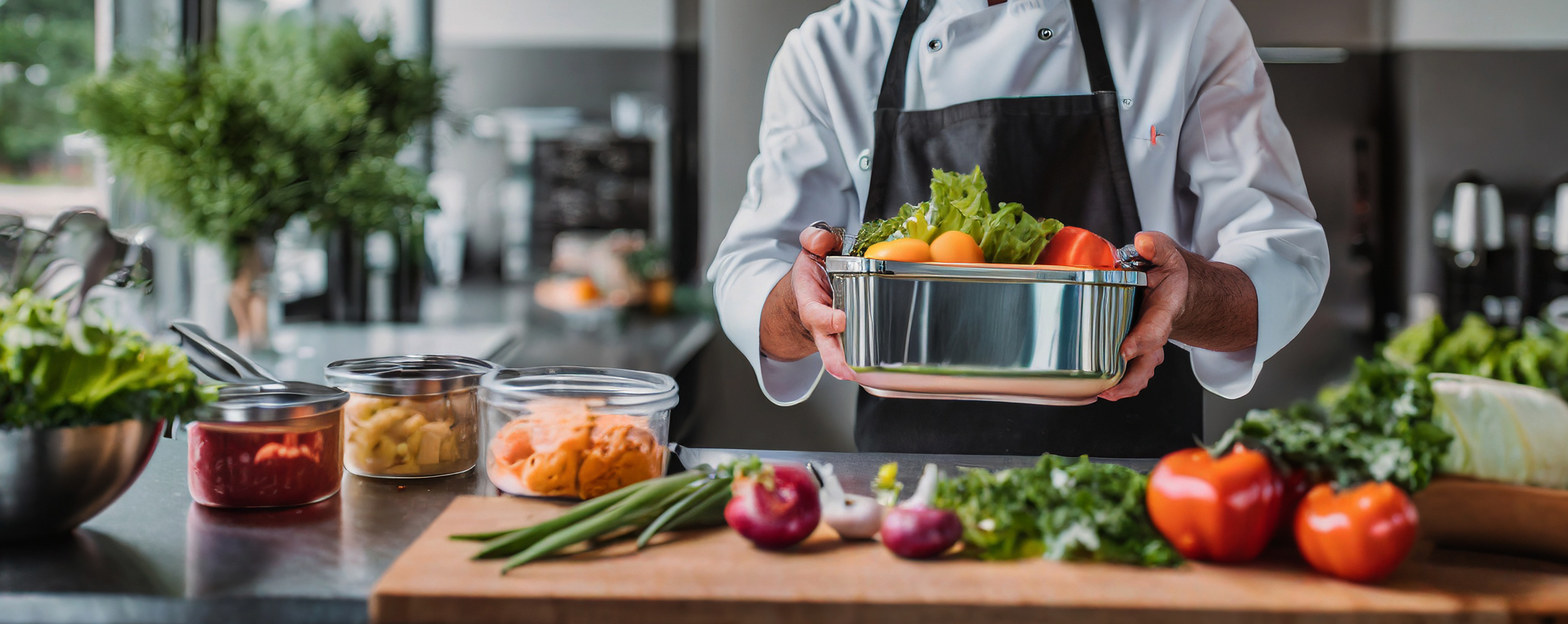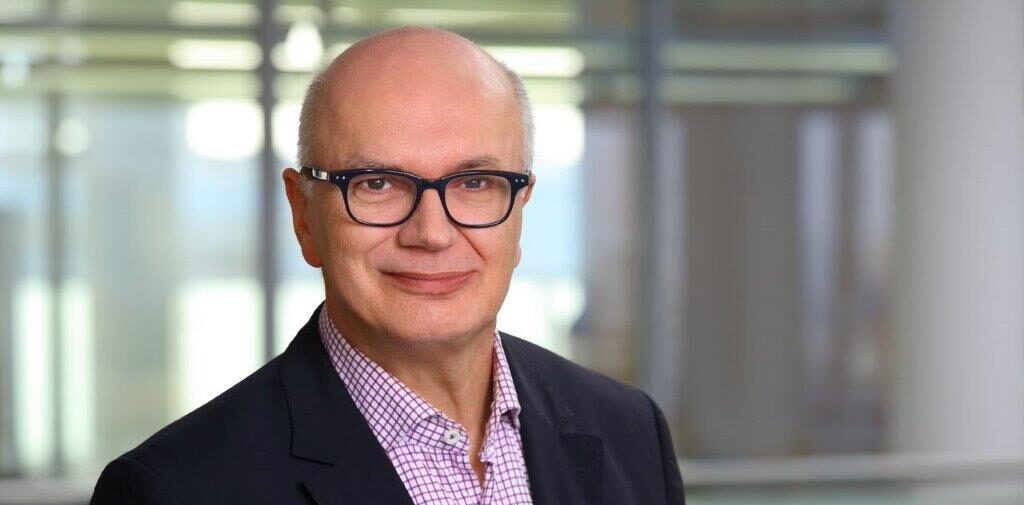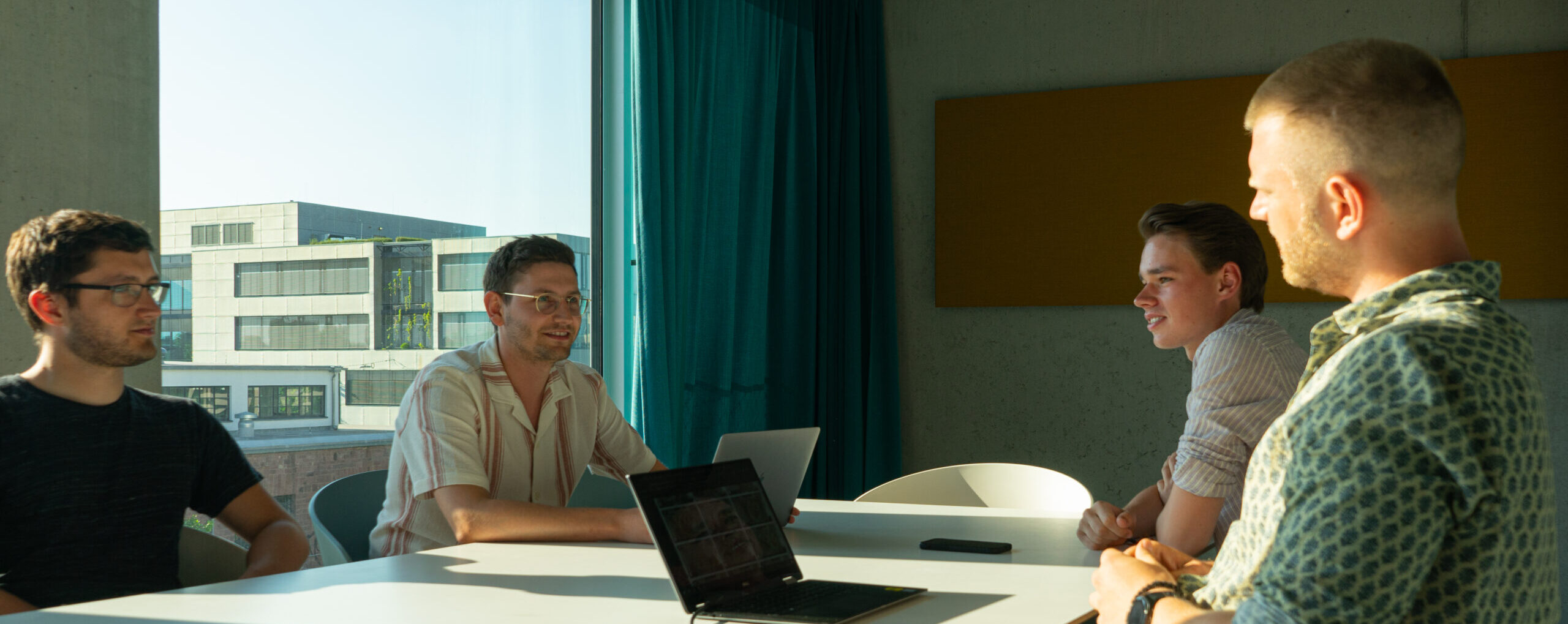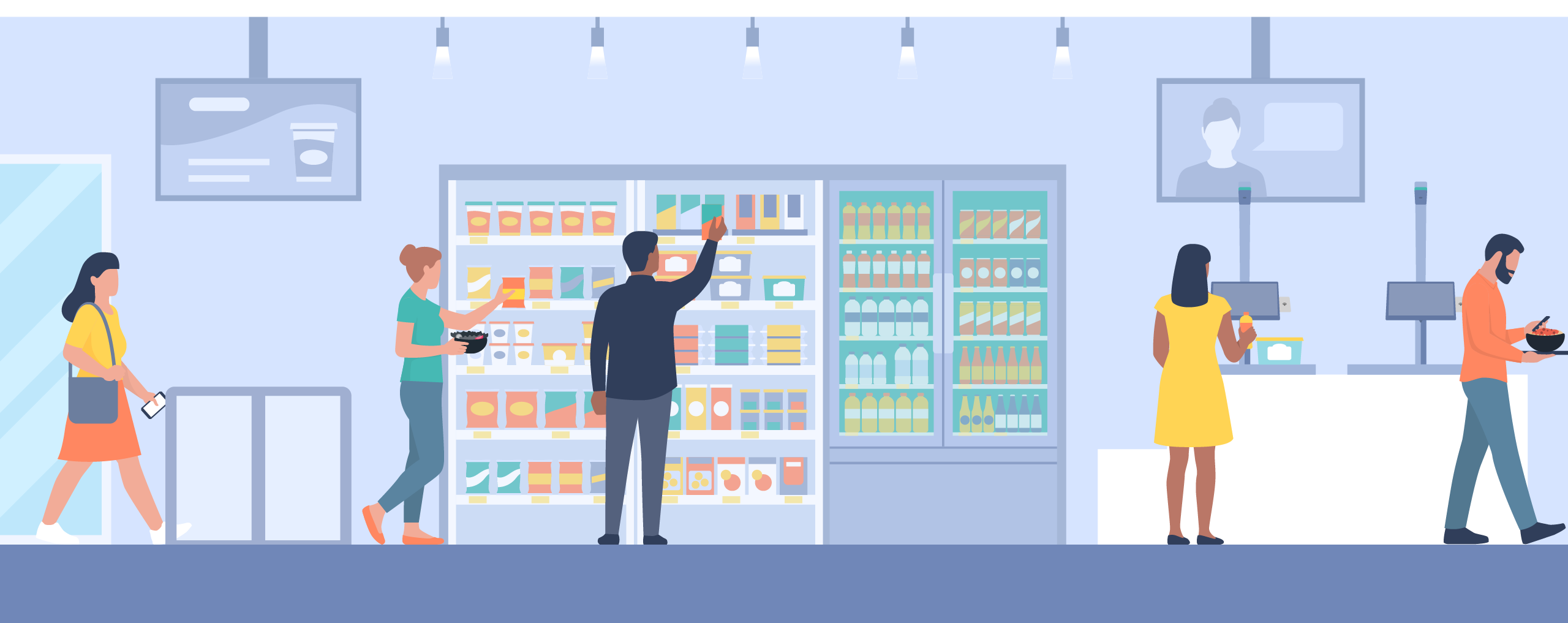What is Slow Food?
Slow food is the opposite of fast food. So far so good. But what exactly does it mean?
The Oxford English Dictionary defines the term slow food as “natural food based on traditional production methods and regional cuisine, eaten calmly and with thought”. The two-part definition is particularly interesting: it is not just about the preparation, but also about the consumption of the meals. Especially in the corporate environment, in company restaurants, many find it difficult to maintain this “calm and thoughtful” approach, both in the kitchen and in the dining room. But Slow Food is now more than just that. Since 1986, the Slow Food Foundation has been drawing attention to the consequences of factory farming, overfishing and exploitation and aims to “create a food world based on fair relationships that promotes biodiversity, the climate and health.”
Of course, as a self-checkout, we can’t directly take credit for these goals. However, especially in company catering, we can create a framework that makes slow food possible in such a cost-efficient and fast environment. The underlying problems with the implementation of slow food in company restaurants are, in particular, the additional time required for preparation and serving, the resulting additional money and, on the part of the guests, the short lunch break.
Problem 1: The time
As the name suggests, slow food costs one main thing: time. And that means at every point in the supply chain. By avoiding mass production, a high degree of individuality is emphasised, which slows down the processes in commercial kitchens. However, the aim of offering sustainable and healthy dishes remains unchanged.
The question now arises of how this can be achieved without causing long waiting times for guests. The solution seems simple, but can only be implemented in the rarest of cases due to the acute shortage of skilled labour. Well-run businesses could perhaps even afford more staff, but unfortunately they can’t find any. With the help of the visioncheckout, important resources are not tied up at the checkout and can be deployed in more urgent areas, for example at the counter or in the kitchen.
Problem 2: The money
Putting regional and sustainable dishes on the table is already an additional cost factor that decision-makers on the road to slow food have to deal with. Most people are reluctant to hear that this trend is also particularly labour-intensive. So it’s practical to be able to organise your staffing flexibly so that no additional employees need to be hired.
If the checkout does not need to be attended, the staff otherwise employed here can help to prepare the time-consuming dishes and maintain the speedy processes at peak times.
Problem 3: The stress
As mentioned at the beginning of the article, slow food is not just about preparing the food, but also about eating it. In company restaurants in particular, time for meals is often rather limited anyway. The last meeting was overrun, emails are quickly checked on the smartphone and the next appointment starts in 20 minutes. And then every counter in the canteen is overflowing.
This is where the visioncheckout is a welcome support. Whether used as a fast lane or across the board, the visioncheckout makes life easier for staff and guests, especially at peak times.
Digitalisation and Sustainability
The two big trends of our time. No matter which industry you look at, these two buzzwords sound everywhere, including in the catering industry. As both goals are partly associated with initial investments, but above all with conceptualisation and project management, one could assume that companies would have to decide: Either the one or the other. The big question in these considerations, however, is whether the two trends can actually benefit from each other and thus support each other. One example: according to both campus and company catering, the two biggest hurdles to implementing sustainability are a lack of budget and a shortage of staff. This was the result of a Nestlé study from 2023.
On the other hand, the great potential of digitalisation is the increase in employee efficiency and the more cost-effective implementation of complex work steps. With skilful planning, both trends can be introduced in parallel and thus benefit from each other. In concrete terms, this means that the decisive factor for reducing CO2 emissions in the catering industry is the efficient reduction of food waste. To achieve this, it is important not to rely on gut feeling alone, but to use data to determine what the predicted sales will be. But where does this data come from? With the help of AI-based food recognition, it is possible to observe exactly how much of what was served over the counter. This simply needs to be analysed in the next step.




